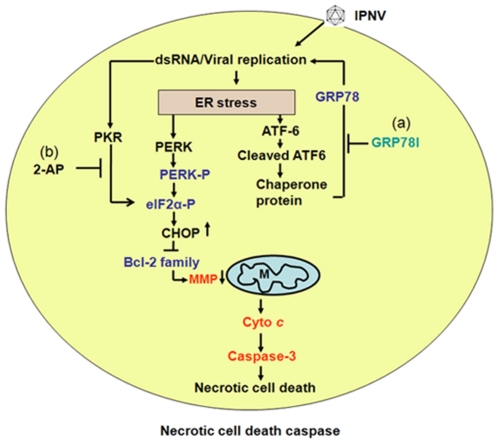Figure 7. IPNV induces ER stress-mediated host cell death cascade.
IPNV infection and early replication causes an ER stress response upon entry and the primary replication stage. Then, viral replication triggers an ER stress induction stage that includes: 1) activating ATF6 sensor that up-regulate chaperone protein GRP78; 2) PKR can phosphorylate the eIF2α; 3) PERK sensor is autophosphorylated, which can enhance eIF2α phosphorylation. Further, the PKR/PERK ER stress signal can induce CHOP up-regulation, which may correlate to Bcl-2 family members downregulation such as Bcl-2, Mcl-1 and Bcl-xL at early (0–6 h pi) and middle (6–12 h pi) replication stages. Finally, IPNV infection induce PKR/PERK-mediated downredulate Bcl-2 expression and MMP loss, which combined the death signals for triggering necrotic cell death at the mitochondrial dysfunction stage at middle and late (12–24 h pi) replication stages. Cell death could be modulated by: (a) VT to inhibition of GRP78 expression and (b) 2-AP to reduce PKR activation.

